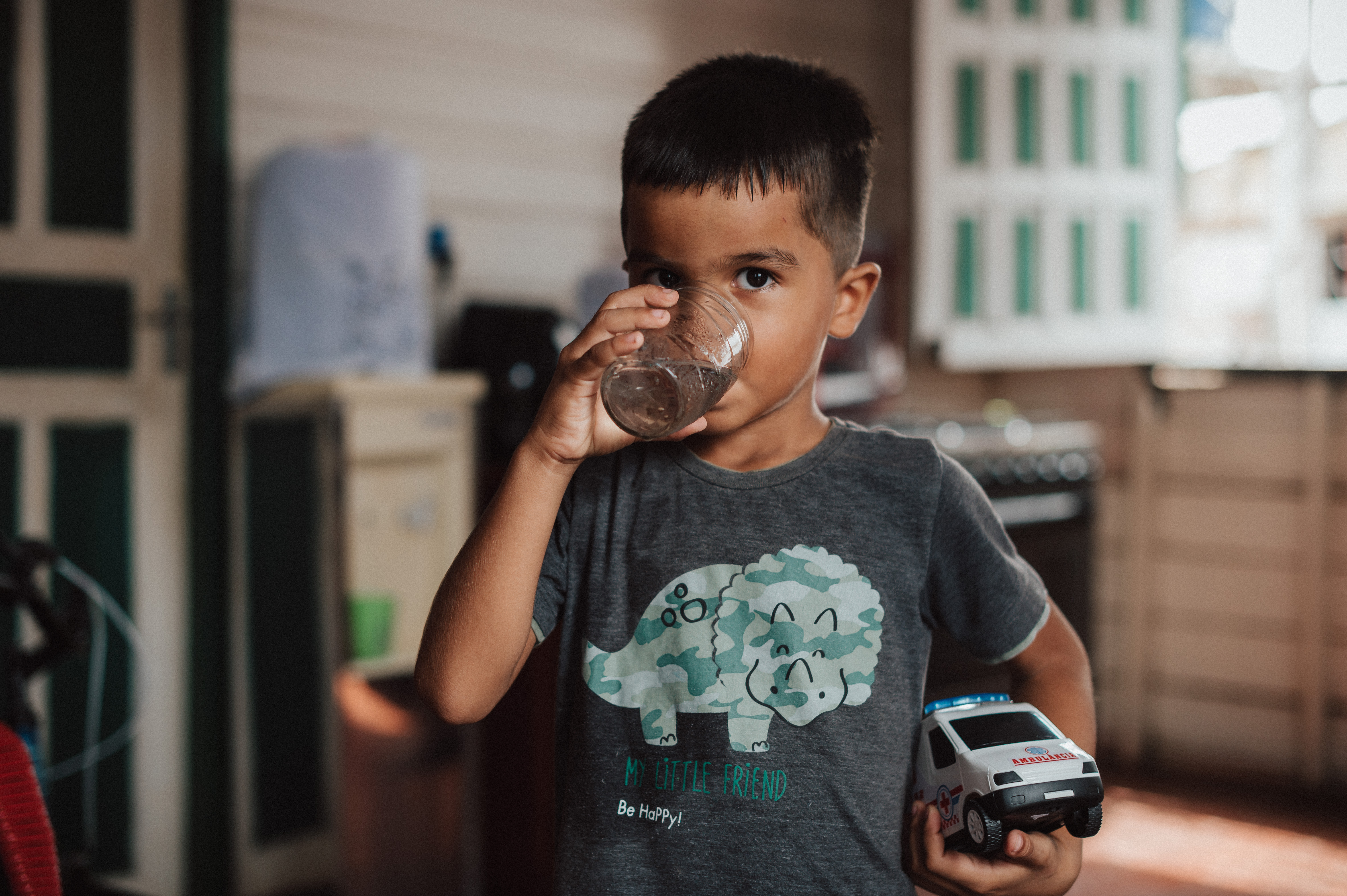

Description
Approved by Ministry of Health Ordinance No. 264, of January 31, 2002, the National Policy on Indigenous Health Care (PNASPI, acronym in Portuguese) recognizes the ethnic, cultural and territorial rights of this population. Regarding the WASH sector, PNASPI points to the guideline of "promotion of healthy environments and protection of indigenous health", thus including the need for basic sanitation actions to be developed by the Sanitation Districts, which should be based on epidemiological and strategic criteria that ensure the population good quality water, adequate disposal of waste and garbage and control of insects and rodents (BRAZIL, 2002). All of this is in line with the goal of reducing infant and maternal mortality.
It is worth mentioning that PNASPI is part of the National Health Policy and the Organic Law of SUS. However, it was regulated in 2002 and from its institution other important initiatives in the context of the WASH sector for indigenous populations were derived, thus understanding the importance of building specific policies for special populations, which offer services that take into account cultural, regional and epidemiological variables and specificities.
Criteria 10/11
- ACCESSIBILITY
- ALIGNMENT WITH SDG 1,3,4,6 AND/OR 11
- RACE AND GENDER ISSUES
- ATTENTION TO CHILDREN AND ADOLESCENTS
- LOW COST
- SOCIAL DIFFUSION
- ADMINISTRATIVE EFFICIENCY
- ADHERENCE AND CONTINUITY AT LOCAL LEVEL
- WASH INITIATIVE
- CLIMATE RESILIENCE
- SUSTAINABILITY
SESAI coordinates with the Special Indigenous Health Districts (DSEIs, acronym in Portuguese) and these are also supported by the municipal and state health secretariats, in addition to the Health Surveillance Secretariat.
Indigenous Health Agents and Indigenous Sanitation Agents
Brazilian indigenous population
National (the policy is implemented by the 34 Special Indigenous Health Districts (DSEI))
Since 2002
The guidelines under this policy should guide the definition of instruments for planning, implementation, evaluation and accountability of health care actions for indigenous peoples are as follow:
• organization of health care services for indigenous peoples in the form of Special
Health Districts and Base Centers, at the local level, where primary care and
reference services are located;
• preparation of human resources to work in an intercultural context;
• monitoring of health actions aimed at indigenous peoples;
• coordination of traditional indigenous health systems;
• promotion of the appropriate and rational use of medicines;
• promotion of specific actions in special situations;
• promotion of ethics in research and health care actions involving indigenous communities;
• promotion of healthy environments and protection of indigenous health;
• social accountability
One of the dissemination strategies of the Policy is the creation of Indigenous Special Health Districts that were established based on the following criteria:
• population, geographical area and epidemiological profile;
• availability of services, human resources and infrastructure;
• access routes to services installed at the local level and to the SUS regional network;
• social relations between the different indigenous peoples of the territory and regional society;
• traditional demographic distribution of indigenous peoples, which does not necessarily coincide with the limits of states and municipalities where indigenous lands are located.
There are currently 34 DSEIs nationwide, mostly concentrated in the North and Northeast regions.
To monitor the health actions developed within the Health District, an information system will be organized, from the perspective of the Health Regulatory System, aimed at the indigenous population.
According to the National Indigenous Health Care Policy: "The actions to be developed by the Special Indigenous Health Districts will be financed by the budget of FUNASA and the Ministry of Health, and may be complemented by international cooperation bodies and the private sector. The states and municipalities should also act in a complementary manner, considering that the indigenous population is included in the SUS financing mechanisms. Indigenous Special Health Districts should be financed according to the size of population, epidemiological situation and geographical location."